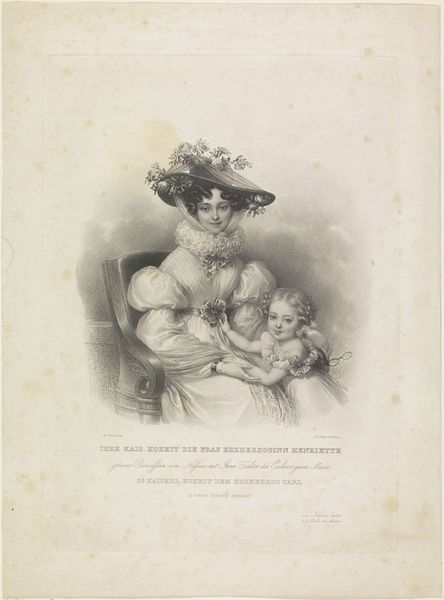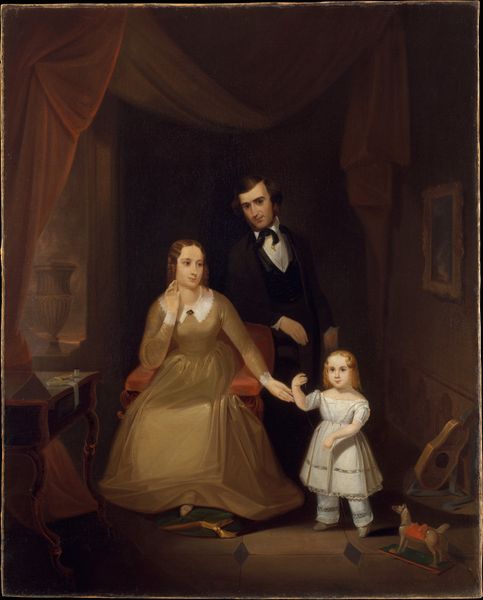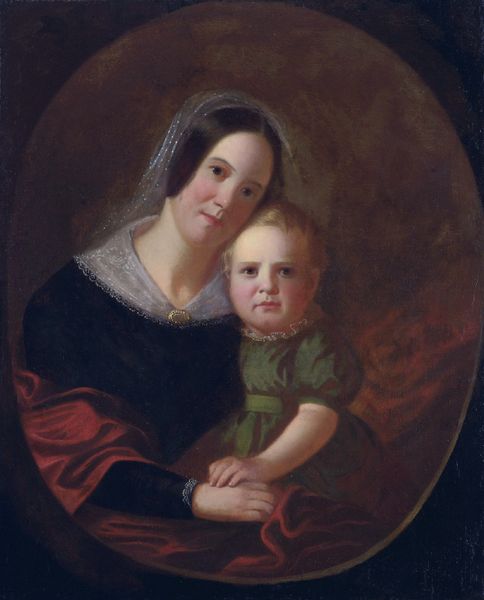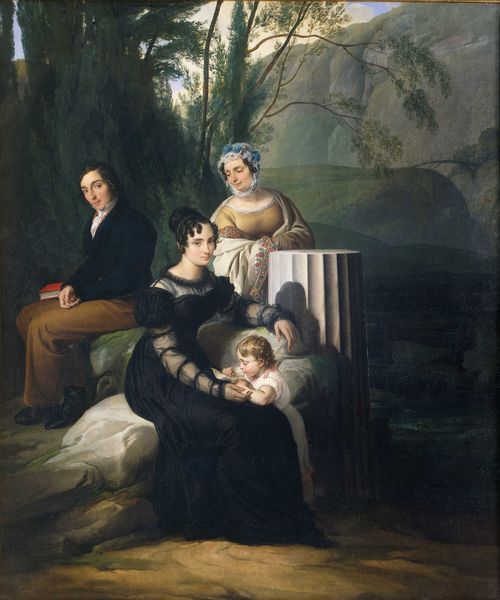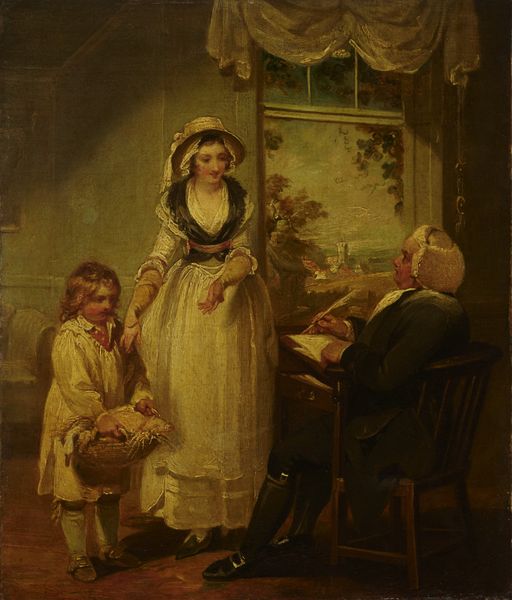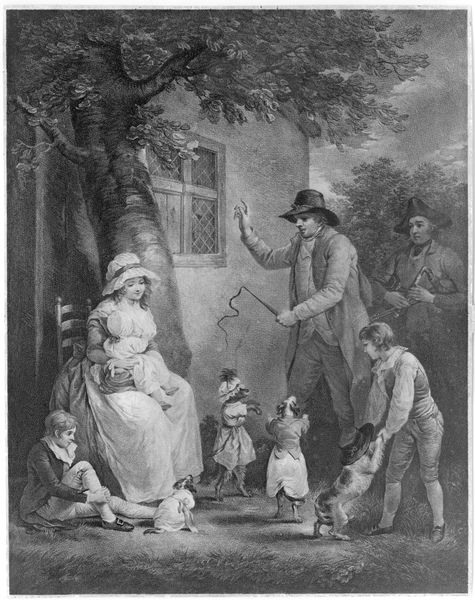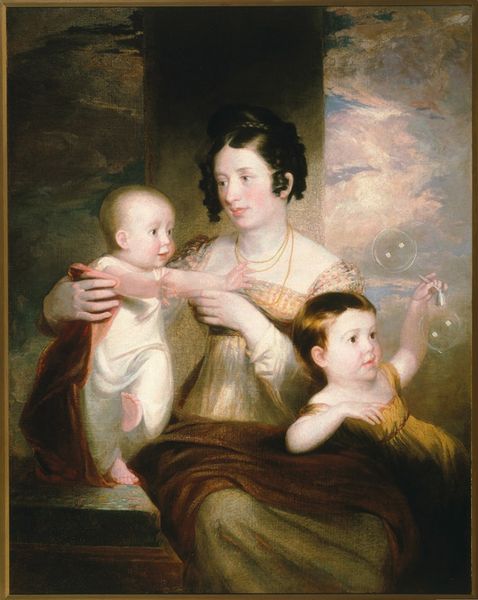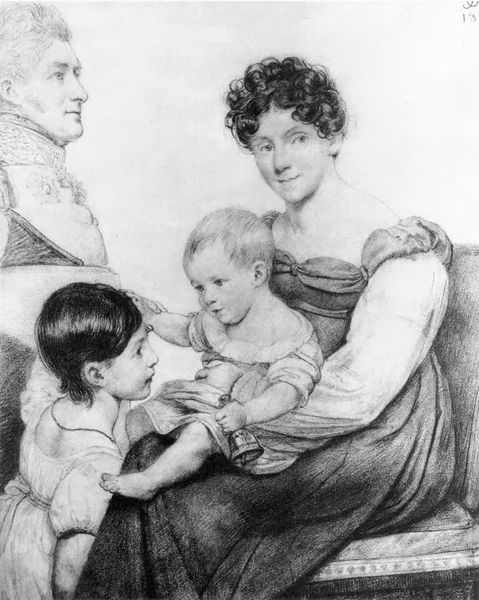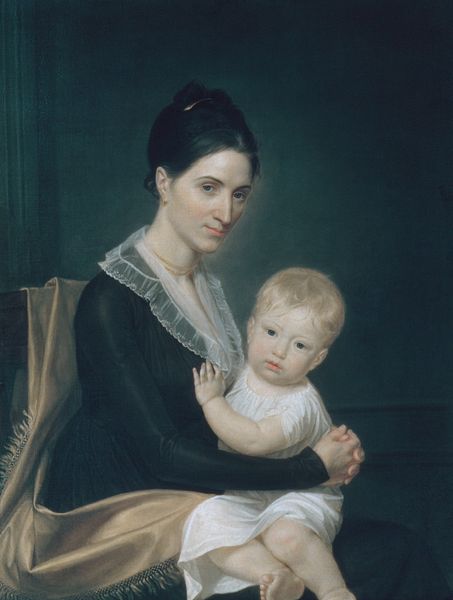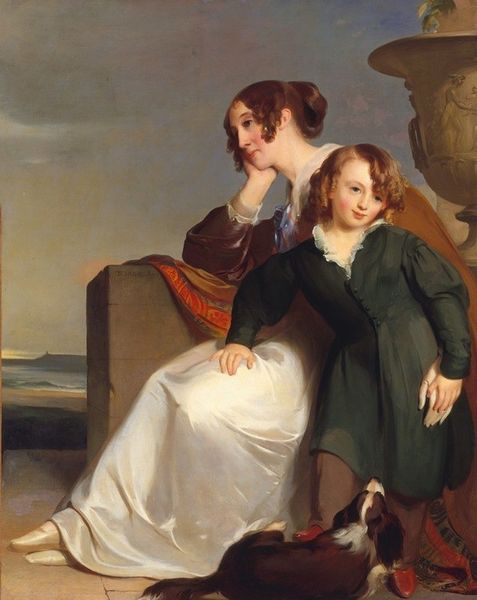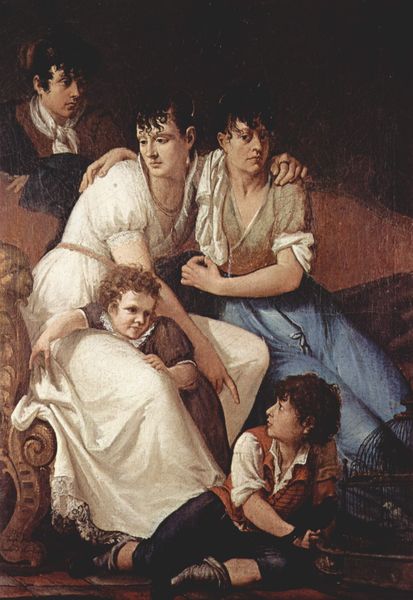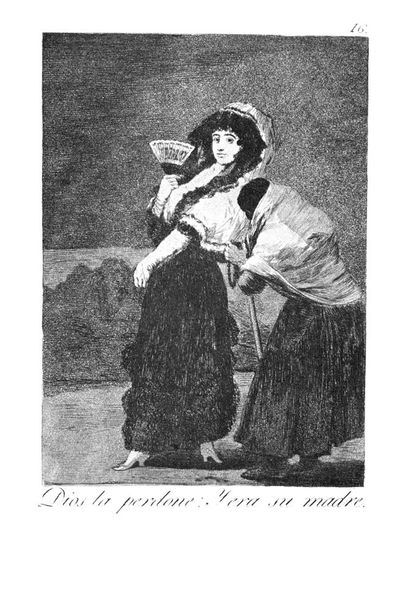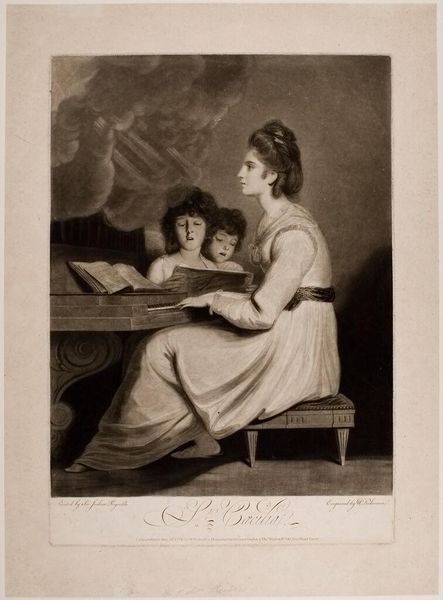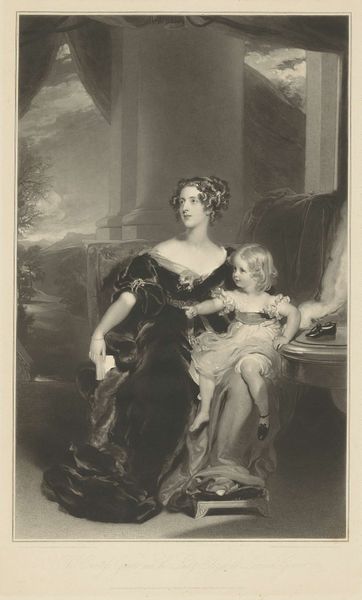
painting
#
portrait
#
painting
#
romanticism
#
black and white
#
monochrome photography
#
genre-painting
#
monochrome
#
monochrome
Dimensions: 29 cm (height) x 22 cm (width) (Netto)
Editor: This is Ernst Meyer's "A Little Boy being Presented to a Priest," painted in 1846. It’s striking in its monochrome palette – seemingly black and white. What stands out to you about this painting? Curator: Well, the monochromatic presentation immediately invites inquiry into the means of production and the socioeconomic factors affecting it. Was it simply a stylistic choice, or did the artist’s environment limit the availability or cost of pigments? Editor: That's an interesting point. I hadn’t considered the cost of materials influencing artistic expression so directly. Curator: Consider, too, the way Meyer depicts labor within the painting. We see what appears to be a presentation to a priest – implying a structured social system. But what is the labor dynamic represented by the clothing, the table setting, and even the priest's presence itself? These visual cues signal distinct class structures. Editor: So, you’re saying it’s not just about what’s happening, but also about the means and the context that allow this scene to exist. Curator: Precisely. The materiality extends beyond just the pigment, or lack thereof; it’s embedded in every element portrayed. How is power visualized through these material signs? Is the labor of faith presented? Consider also if this had been colorful: would its reception be different? Editor: That framing really opens up the painting to new interpretations for me. Thank you! Curator: My pleasure. It always comes down to how social forces shape not only the subject but the very materials of art.
Comments
No comments
Be the first to comment and join the conversation on the ultimate creative platform.
